 |
 |
 |
 |
 |
 |
|
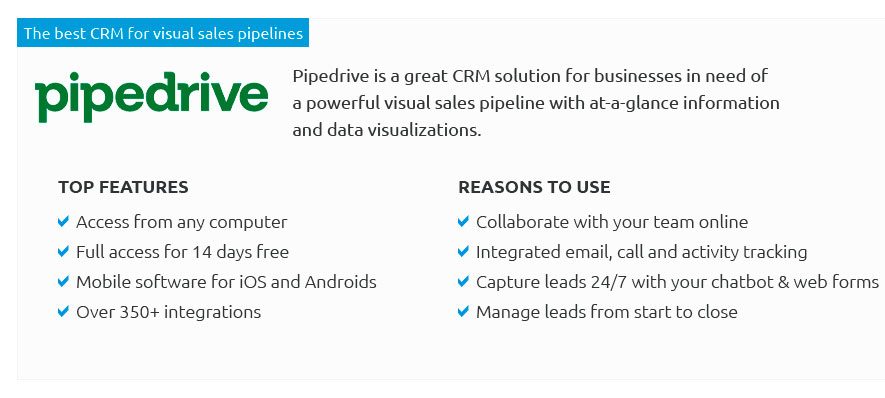 |
|
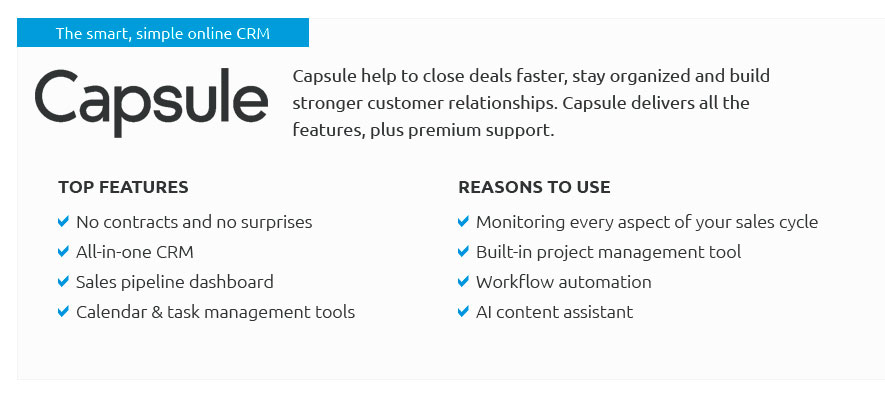 |
|
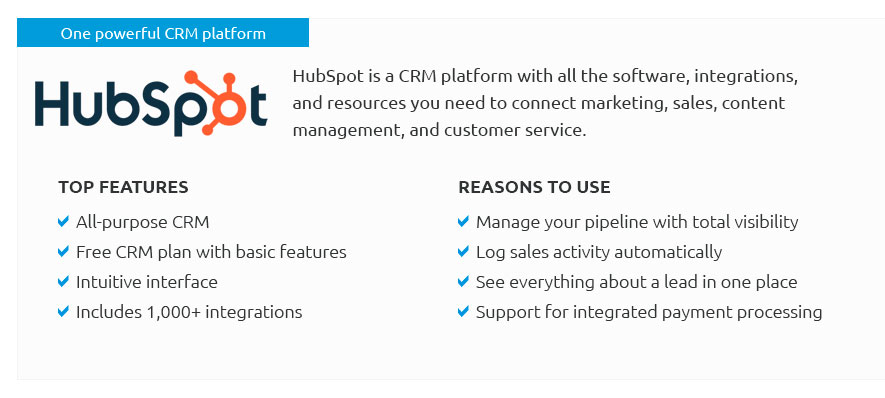 |
|
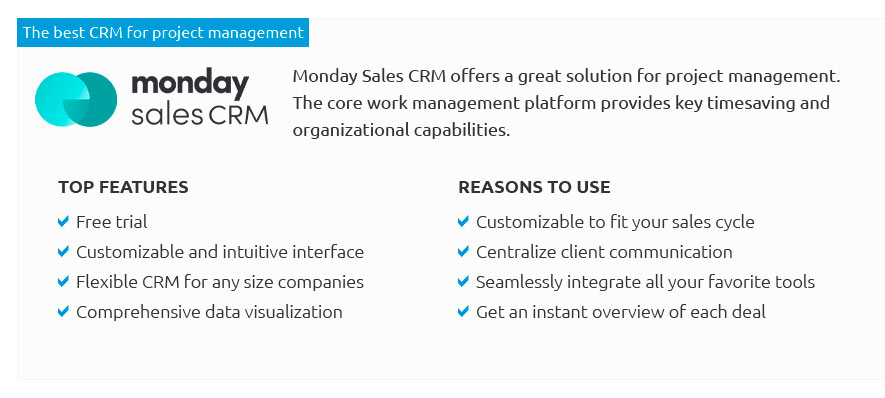 |
|
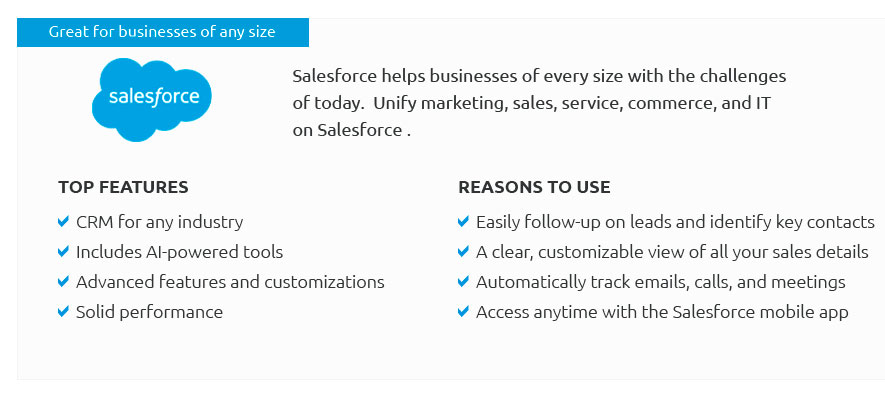 |
|
 |
 |
|
Unlock the future of customer relationship management with our expert CRM software review, where we dive deep into the best CRM platforms that are revolutionizing the way businesses engage with customers; discover how top-tier CRM solutions harness the power of lead funnels to streamline your sales process, driving growth and enhancing customer interactions like never before-because in the fast-paced world of business, having the right CRM isn't just an advantage; it's the game-changer that propels your success to unparalleled heights.
https://www.clickfunnels.com/blog/lead-generation-funnel/
A lead generation funnel is the top of your sales funnel where you: Once you have their contact information, they become a lead. https://www.zendesk.com/blog/lead-funnel/
A lead funnel is the process through which a person moves from prospective customer to paying customer. The funnel covers three stages, ... https://www.involve.me/
Sign up for a free involve.me account. Customize existing templates or kickstart a project from scratch. Use the intuitive drag-and-drop feature to arrange ...
|